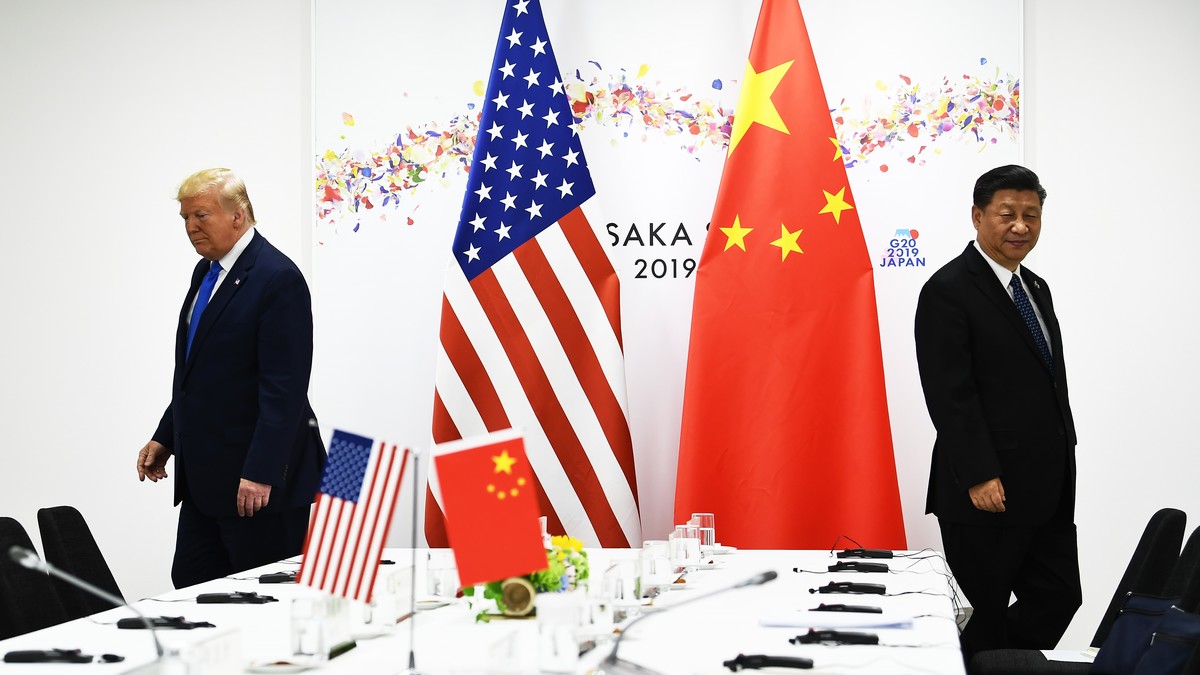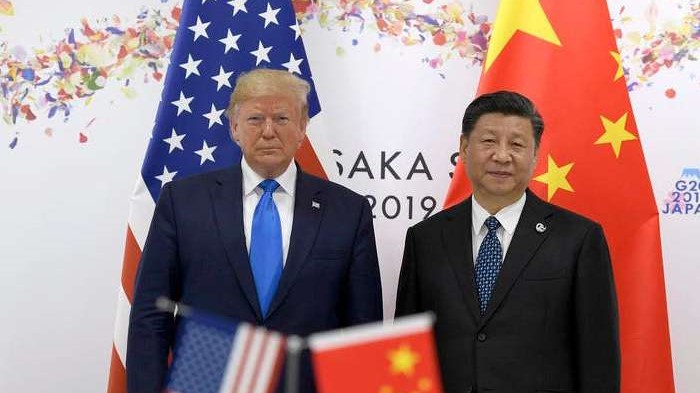Published 11 July 2019 | 4 minute read
The Osaka G20 news that the United States and China would resume trade talks led to an audible sigh of relief from many quarters, especially the American business community.
But it was less audible than what greeted a similar announcement last December. This comes as no surprise. Much has happened since the talks collapsed in May – most of it negative – and reaching an agreement will now be more difficult than ever. The changed atmosphere was evident from images of the interaction between the two leaders. President Trump spoke in glowing terms about his meetings with President Xi, but China’s leader did not return the affection. Today, the prevailing emotions in Beijing and Washington are mistrust and suspicion.
They say you cannot step into the same river twice. The same is true of trade talks. In the short period since May, we’ve seen new tariffs, new U.S. policies restricting sales to Chinese technology companies such as Huawei, duelling “entity” lists, a public campaign by Beijing defining its bottom line, and a further hardening of popular opinion in both countries. The net result is that Trump and Xi now have less space to maneuver than before. Moreover, neither leader is in a hurry to reach a settlement, perhaps believing time is on his side. For President Trump, building anti-China sentiment in the United States reduces pressures to deal with China as the 2020 election campaign approaches, even if farmers and consumers pay the price. For President Xi, a growing belief that China could never satisfy President Trump, and that U.S. trade actions are part of a larger strategy against China, argue against offering any concessions, even if faster economic opening is exactly what China needs.
What are the US goals?
The answer depends on how one defines the United States. If defined as President Trump, the answer has been remarkably consistent: a reduced bilateral trade deficit, jobs returned to the United States, and a revived manufacturing sector. Among his advisers, however, the views vary widely. Extremists support the “decoupling” of the two economies, i.e., reducing – if not eliminating – bilateral trade and investment. Others simply want to eliminate what they describe as China’s mercantilist or predatory practices and replace it with “fair, free and reciprocal” trade, to use the administration’s mantra. This group wants to see structural change in China’s economy – more market oriented, fewer government subsidies, a reduced role for state-owned enterprises, and improved protection of intellectual property. And for those who view China as a “strategic adversary,” their preoccupation is ensuring U.S. companies do not facilitate China’s technological rise, especially in emerging technologies such as 5G, artificial intelligence, big data, quantum computing, and biopharma, to give some examples. Which of these views will eventually prevail is one challenge in the current talks.
What about the U.S. business community? What do they want? Here too, there are different points of view, as the “business community” is not a single entity. It is a diverse group with a range of experiences in China. Some are wildly successful and remain optimistic about the future. Some have been successful but are getting squeezed by unfair Chinese government policies and stronger local competition. And some have failed and left. Nonetheless, one can make some general statements about this group:
- They view China as a strategic market with much potential and have a long-term commitment to the market
- They oppose the use of tariffs, but support the Trump administration’s tougher approach
- They are less concerned about the bilateral trade deficit and would like to see progress on long-standing market access issues
- They worry about the confrontational tone in U.S.-China relations
- They want an early conclusion of the trade talks and the return of a more stable business environment that allows them to make long-term business decisions, especially about investments
“Fair, free and reciprocal” is fine as a slogan, but at the end of the day, it is the details of market access that matter most to American companies. Nearly twenty years after China joined the WTO, market access for foreign companies still suffers from too many limitations. Yes, there has been progress. The Chinese government has shrunk “negative lists” of industries closed to foreign players, created new free trade zones that offer some opportunities, eased up on equity caps and joint venture requirements, and taken steps to improve the legal framework for foreign companies (e.g., the recently passed Foreign Investment Law). But the rate of progress has been too slow. Moreover, the elimination of market access restrictions does not automatically lead to progress as companies often find that they face administrative barriers instead, such as onerous licensing requirements. Furthermore, U.S. companies still face restrictions in areas where they would be highly competitive: value-added telecommunication services, healthcare services, financial services, education, and professional services are just some examples.
Can Presidents Trump and Xi reach an agreement?
I intentionally link this question to these two leaders as there will be no agreement unless they want one. President Trump will need to overrule more hawkish elements in his administration and conclude that continued trade tensions could jeopardize his 2020 election prospects. President Xi will have to conclude that an agreement now is better than waiting for the result of the U.S. election. At this point, the odds are less than even that we will see a deal. In the aftermath of Osaka, there has been no rush to resume talks. Even the details of the U.S. reprieve for Huawei remain murky. All signs suggest there is limited appetite for a deal. That said, a trade deal, no matter how limited, would be in the economic interests of each country. The U.S. business community wants to see a deal. An agreement may not erase the larger geostrategic tensions that have come to the fore since the trade war began, and it may not stop the diversification of the global supply chain that is now underway, but it would be a welcome demonstration that the two countries can still work together.
© The Hinrich Foundation. See our website Terms and conditions for our copyright and reprint policy. All statements of fact and the views, conclusions and recommendations expressed in this publication are the sole responsibility of the author(s).


